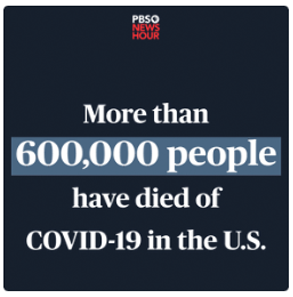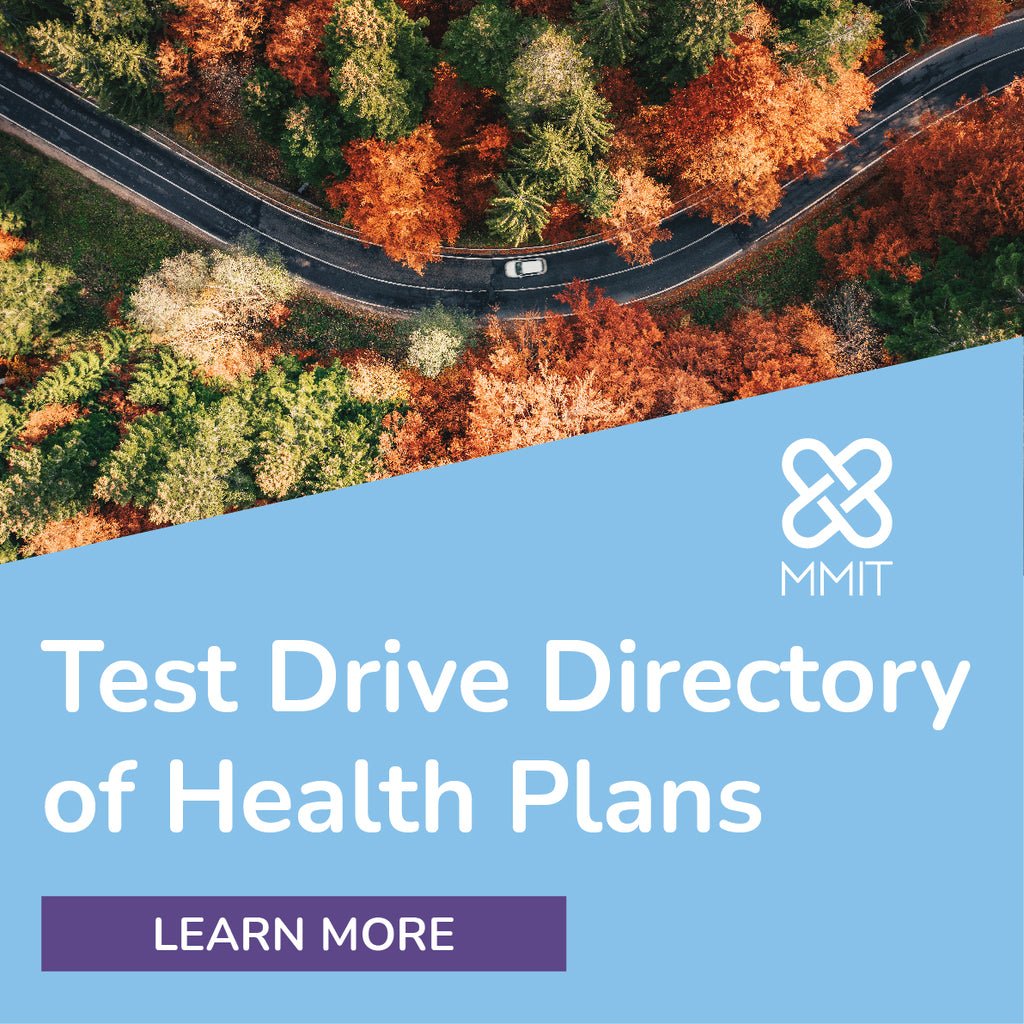Radar on Drug Benefits
-
CMS Walks ‘Tightrope’ With Generic-Coverage Proposal for Exchange Plans
Tucked into the annual payment rule for Affordable Care Act exchange plans is a proposal that, if finalized, would upend the way health plans and PBMs go about designing formularies — if only for one business line. Already, industry groups are weighing in to both applaud and criticize the concept of requiring ACA marketplace plans to put only generic drugs on their lowest cost-sharing tiers.
“There will be legitimate points to be made on multiple sides of this, and I think that this is going to be a very delicate tightrope that is going to have to be walked,” says Massey Whorley, a principal at Avalere Health.

-
COVID Vaccine Prices Set to Rise After Commercialization — But Are They Fair?
COVID-19 vaccines are likely to cost payers billions on an annual basis, according to a new analysis based on publicly disclosed vaccine price projections by executives from Pfizer Inc. and Moderna Inc. Despite criticism from some progressive members of Congress, who say the vaccines will be priced too high, one vaccine expert tells AIS Health, a division of MMIT, that per-dose costs aren’t out of line with typical vaccine prices for adults.
The federal government initially bought COVID vaccines, using its purchasing power to accelerate research and development. COVID vaccines were developed in record time, and federal purchasing helped manufacturers hit remarkable earnings figures. However, despite requests from the Biden administration for more funds to purchase future COVID vaccines, Congress seems unlikely to pay for more. Federal vaccination funds and vaccine stockpiles are likely to run out sometime in 2023.

-
COVID-19 Vaccine Commercialization Will Be Costly for U.S. Health System
COVID-19 vaccines could add billions of dollars to overall health care spending each year if the federal government’s purchasing program ends early next year, according to a Kaiser Family Foundation analysis. To date, the federal government has spent about $25 billion on purchasing Pfizer and Moderna COVID-19 vaccines combined, at a weighted average purchase price of $20.69 per dose.
Pfizer and Moderna both announced that the average commercial price per dose for their vaccines could be three to four times greater than the price paid by the government, between $82 and $130 per dose. If half of U.S. adults receive a booster shot at the expected commercial prices, it could cost between $3.7 billion and $14.8 billion to purchase enough doses for the group (129 million).
-
News Briefs: AbbVie Leaves PhRMA Lobbying Group
AbbVie Inc. is leaving several lobbying organizations, including the Pharmaceutical Research and Manufacturers of America (PhRMA), widely regarded as the most powerful drug industry trade group, according to Politico. PhRMA has had a tough year. In August, the trade group faced its most notable political failure in a generation when Democrats passed Medicare drug price negotiation as part of the Inflation Reduction Act. In the months since, PhRMA has launched an internal review of that episode and has dismissed several of its most prominent executives.
Amgen Inc. plans to acquire Horizon Therapeutics plc. for $27.8 billion, or $116.50 per share, according to regulatory filings; the deal is the largest health care merger of the year, per the Wall Street Journal. Horizon develops specialty drugs for autoimmune and inflammatory diseases. The firm’s best-seller is Tepezza (teprotumumab-trbw), a treatment for thyroid eye disease. If, as expected, Tepezza earns approval in the European Union and Japan, Horizon projects $4 billion in global annual revenue from the drug.

-
Mark Cuban Pharmacy, Employer-Owned PBM Offer New ‘Supplemental Drug Discount Product’
Two newcomers in the pharmacy space are teaming up to offer what they describe as a “first-of-its-kind supplemental drug discount product” aimed at helping self-funded employers winnow down their drug costs. The product — EmsanaRx Plus — is the result of a collaboration between the Mark Cuban Cost Plus Drugs Company and EmsanaRx, a not-for-profit PBM owned by the Purchaser Business Group on Health (PBGH). Yet industry observers tell AIS Health, a division of MMIT, that they’re skeptical about how disruptive the new product will truly be.
“Whether EmsanaRx Plus, integrating Cost Plus Drugs, fills an unmet need in the market will depend on how Cost Plus Drugs is integrated into the self-insured employer's benefit design,” suggests Elan Rubinstein, Pharm.D., principal at EB Rubinstein Associates.












